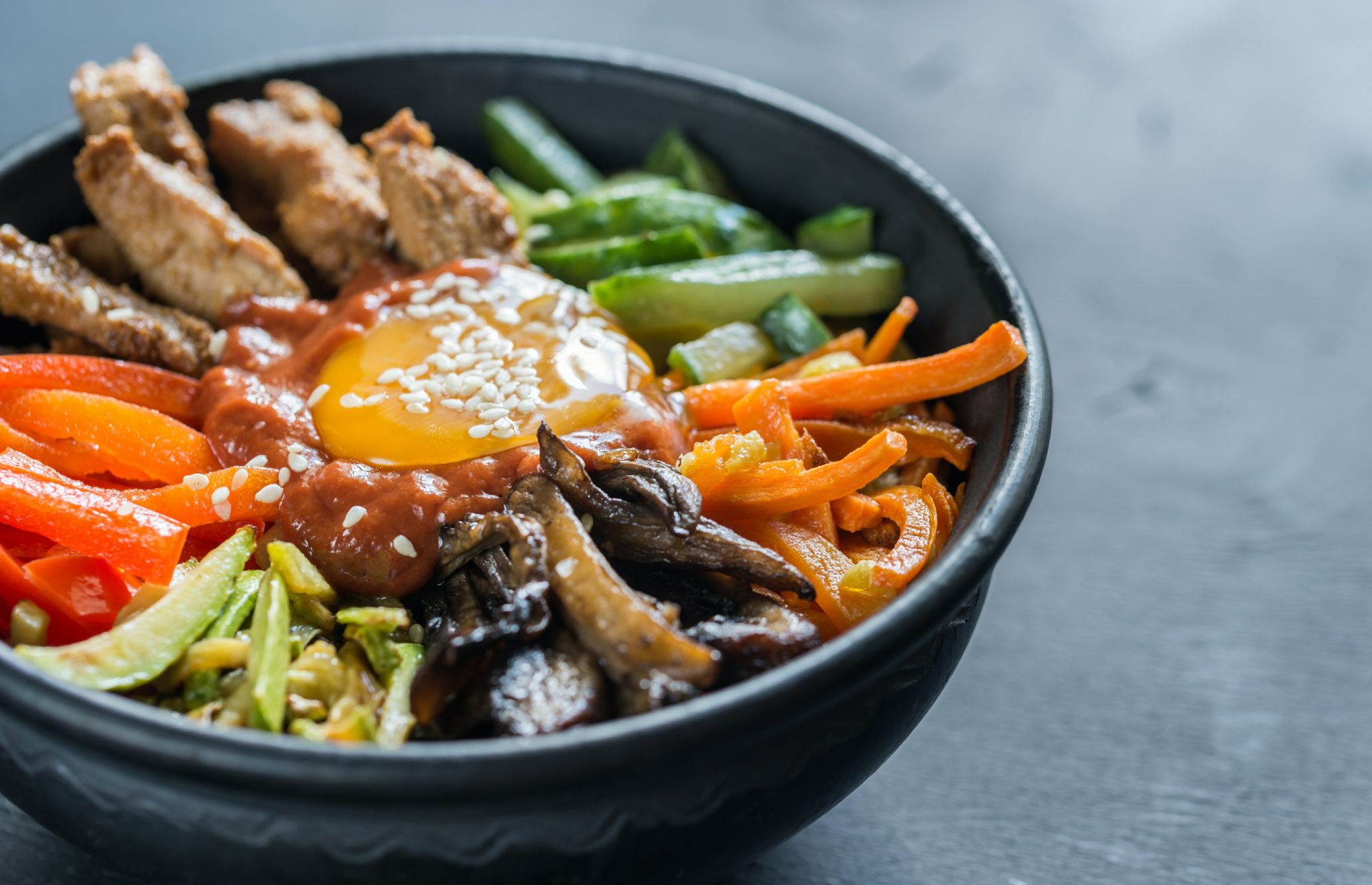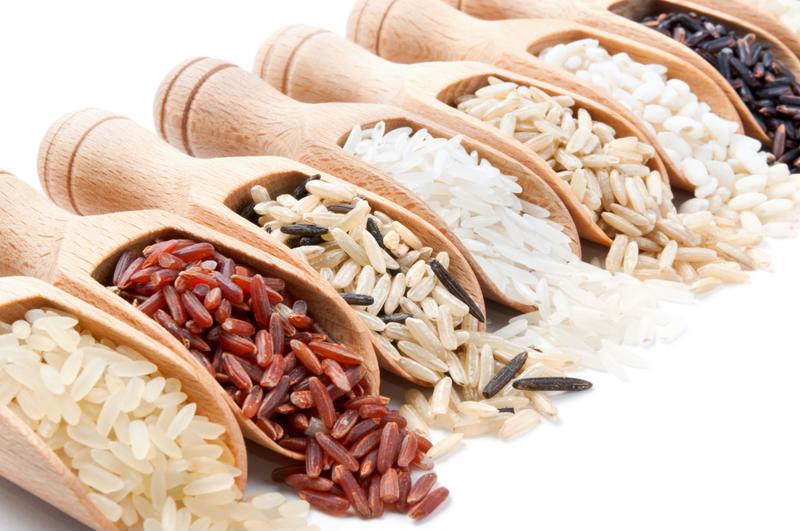
Along the way to earning a certificate from an accredited online culinary institute, you will learn about a wide variety of cuisines. If you explore the foods of Korea, bibimbap will be one of the first dishes you learn about. With a name that translates to “mixed rice,” this is an item that allows plenty of room for tasty variations and additions. Once you understand the basics of bibimbap, you can develop your own version.
The bibimbap basics
Bibimbap consists of steamed rice with sauteed and seasoned vegetables such as cucumber, zucchini, spinach, soybean sprouts, carrots, lettuce or mushrooms. The Food Network explained that the dish usually comes with egg and pieces of thinly sliced and marinated beef, called bulgogi. However, chefs may also feature chicken, tofu or seafood.
“Dolsot bibimbap is served in a heated stone pot.”
Dolsot bibimbap is a common version, served in a heated stone pot. As in the directions provided by Bon Appetit, this preparation results in the rice forming a crunchy, toasted layer on the bottom. Added just before serving, the egg partially cooks in the hot bowl. These directions also include a sauce made with a Korean pepper paste called gochujang. Other popular condiments include soy sauce and doenjang – a paste made with fermented soybeans.
Part of what makes bibimbap such a beloved dish is that, while its essentials are quite simple, it’s customizable to almost anyone’s tastes. All you need is rice, assorted vegetables, sauce and a little imagination.
 Bibimbap brings together rice and other simple ingredients in a delicious combination.
Bibimbap brings together rice and other simple ingredients in a delicious combination.Bringing great bibimbap to the U.S.
That versatility means that bibimbap has taken on a many forms in the U.S. Chefs across the country have established their own spins upon this Korean classic, tailoring it to their own cooking styles while exploring different flavor combinations.
Los Angeles is home to numerous Korean restaurants, but, according to public broadcasting station KCET, Jeon Ju may be the best. This Koreatown eatery specializes in dolsot bibimbap, but there are several options for what goes into the stone pot. The galbi bibimbap comes with plenty of rib meat, plus cucumber, carrots, soybeans and shiitake mushrooms. Among the other bibimbap selections are bowls with bulgogi, tofu, seven different veggies, or a collection of chestnuts, gingko nuts, beans and jujubes.
Gosu is a BYOB Chicago restaurant serving both Korean and Japanese cuisine. Among chef Bang’s finest offerings is her take on dolsot bibimbap, featuring plenty of vegetables, egg, and your choice of tofu, beef or seafood. To perfect the experience, start off by splitting an appetizer of the drunken fried wings, made with either ginger or fire sauce.
The Windy City also has En Hakkore, a restaurant with unconventional offerings like the paratha taco. As Serious Eats noted, however, the bibimbap is the real star, packed with kimchi, carrots, bean sprouts, pickled radish, zucchini, cucumber, spinach, mushroom, onion, cabbage, lettuce, purple cabbage, beets and a hard boiled egg. Customers can choose between white, brown or black rice and either spicy pork or bulgogi. They can also opt for the sashimi bap, featuring 13 different vegetables and five types of sashimi.
For a mixture of Korean traditions and the latest trends in dining, try Barn Joo in New York City. Boasting organic, farm-to-table ingredients, the gastropub serves a number of different bibimbap varieties. The stone bowl bibimbap comes with mixed rice, seasonal greens, kimchi and a sunny side up egg. Patrons can substitute five-grain rice if they prefer and select from rib-eye bulgogi, short ribs, sauteed tofu, pulled duck, spicy chicken or pork. Among the other possibilities is the hwe bibimbap, made with salmon, tuna sashimi, salmon roe, caramelized kimchi and a roasted seaweed puree.
Seattle’s Chan is another establishment bringing some experimentation to the dish with its fusion approach to Korean favorites. There, the bibimbap comes in a skillet, with short-grain rice, bulgogi and a fried egg. If you prefer, however, there are more unusual forms of bulgogi, such as a slider with cucumber kimchi and chili mayonnaise on a brioche bun. A seasonal dish available in the summer combines spicy pork belly with calamari, scallion, cabbage, sesame and a fried rice cake.
Bibimbap is a great place to start for any culinary academy student interested in Korean food or just looking to showcase some intriguing combinations of meat, vegetables and spice. Try a few different variations and you’ll discover one that fits best with your cooking style.



